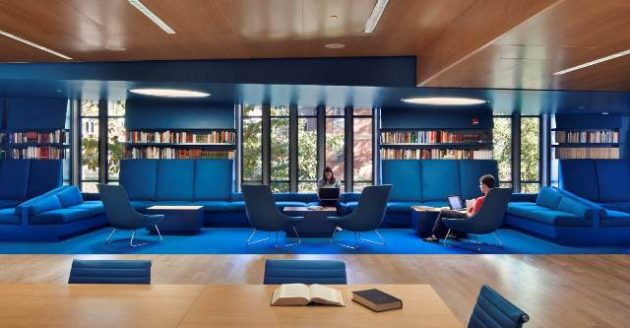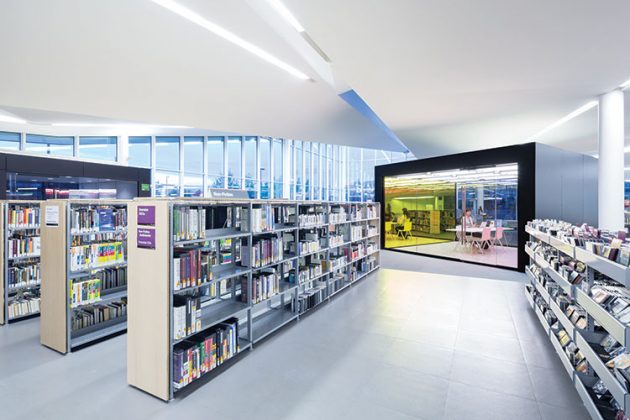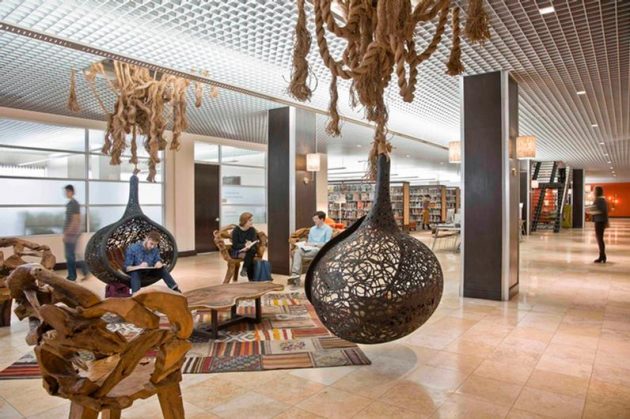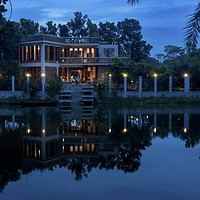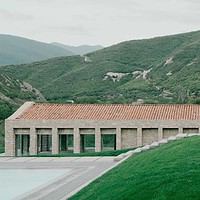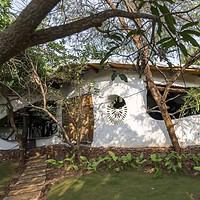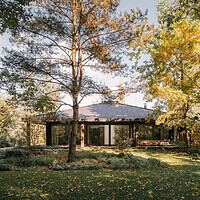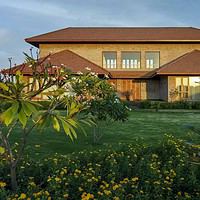When it comes to art and architecture, one of the cities that often comes to mind is Chicago. From the amazing downtown hi-rises to well-appointed apartment buildings like Renaissance North, The Gallery on Wells, and the Parker Fulton Market, the city is full of well-designed buildings both old and new.
However, there’s more to the architectural story here in Chicago. The mayor and the library district want to partner to beautify certain areas of the city with some new structures: namely libraries.
The Concept
Back in October, the City of Chicago announced a plan to collocate libraries with public housing in some new, architecturally significant locations throughout the city.
The first three projects are slated in West Ridge, Little Italy, and Irvine Park. The concept was to bring libraries to those communities most in need of them. By working with the Chicago Housing Authority (CHA) the city feels like they are fulfilling two needs at the same time.
They also thought that creating both the housing projects and the libraries in beautiful spaces will make a huge difference in how they are both perceived and used by the community.
The Plan
The initial plan started with a design and bidding competition of sorts: architects submitted proposals with the idea of creating a hybrid housing development and library in one. Since the cities libraries, most notably the Harold Washington branch on state street, are known for their architecture. The idea only seemed to make sense.
Several architecture firms submitted design plans and bids on what appears to be a stat of an ongoing project in years to come. Once the bids were in, the city took a look at all of them.
Three firms won the bids, one for each location. John Ronan Architects have been chosen to design the branch in Irving Park. This will be known as the Independence Branch, and will be rectangular in design.

The building will include 30 mixed-income apartments with insert balconies and sit near the corner of Elston and Pulaski.
The second, located in Little Italy will be designed by Skidmore, Owings, and Merrill (SOM), and will have between 40 and 50 mixed income apartments. This is the same firm that designed the Chinatown branch library, so they’re no strangers to this type of building or the expectations of the city.
The third and final project for this year will be designed by Perkins + Will, who have designed a dozen libraries before. The library will reside on the lower level, with three floors of affordable senior housing on top of that, and be in the West Ridge area.
The Execution
The number one problem with the execution of this plan is the budget. While this is normal for some projects, it is especially true in budget strapped Chicago. While the mayor’s desire to do things differently, and design better buildings than the typical government style, these designs will come at a cost.
The problem? The city has not yet revealed that cost, but have simply said that for these three projects, they will “make the numbers work.”
The initial process involved bids by 32 local firms, and then the designs were narrowed to these three. The CHA plans to complete the design process by first meeting with members of each community to make sure the building meets their needs and wants.
Once that process is complete, and the design finalized, the contractors will begin construction, with the goal of finishing by winter of 2018.
The Questions
By presenting nearly finished designs, is the city jumping the gun, and risking the buildings not meeting the needs of the community or even being potentially offensive? Will the community surround and take care of the buildings as if they are their own, or will there be willful destruction or potentially worse consequences?
The other question is simply, is this type of project worth it? Yes, the library will be a more beautiful space, but does that mean it will be more useful or better cared for? While some are of the opinion that it will be, still others have doubts.
Whether or not Chicago residents embrace this new and blog move will largely influence whether other communities will even try such an approach or not. Still, it seems on the surface at least that making libraries and public housing more attractive and collocating the two will have a profound positive impact.
For the moment, we will have to wait and see.

